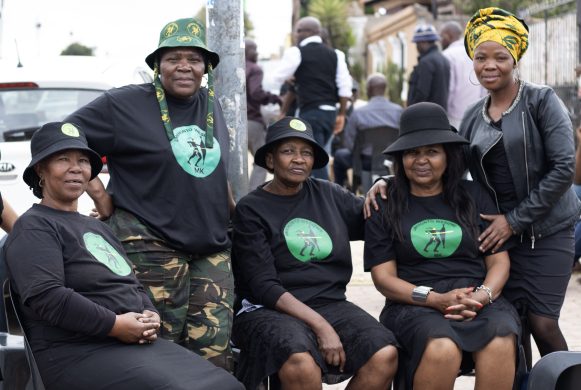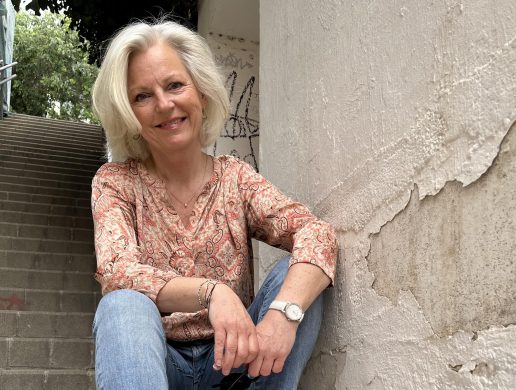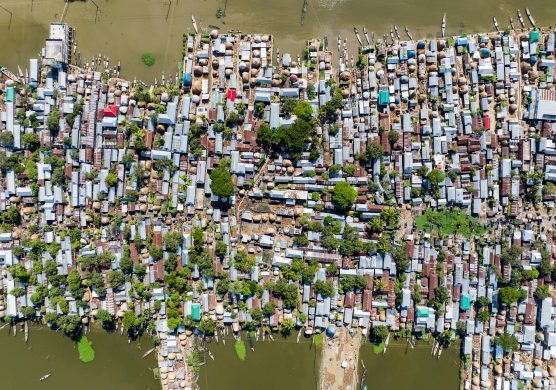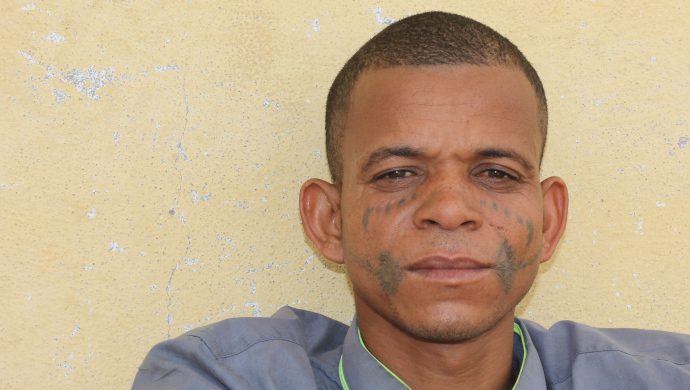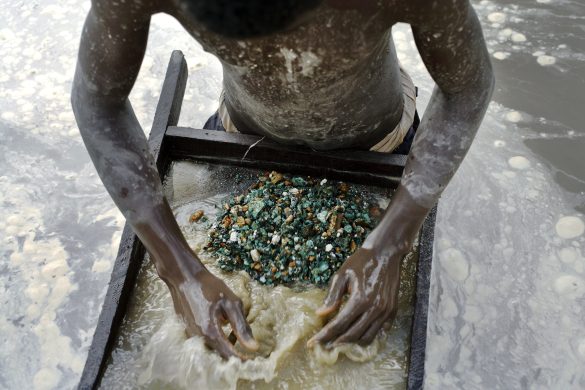Paul Wolfowitz arrived in India Wednesday evening, for his first official visit to the country as World bank President.
The first stop on Wolfowitzs agenda was to spend a day meeting women and community groups in rural areas outside Hyderabad, before traveling to New Delhi for talks with the Prime Minister, finance minister, and other officials, including a courtesy call on the President.
After his arrival, Wolfowitz said India was rapidly emerging as “a country of global importance.” – We are seeing its footprint across the world now in new and exciting ways. I am here to learn from your model of development and reform in a democratic environment, he said.
India, with a population of more than a billion people, is the worlds tenth largest economy. Wide-ranging reforms have led to strong economic growth, with a steady decline in poverty.
Wolfowitz noted for all its increasing excellence in information technology, industry and commerce, India remains home to more than a quarter of the world’s poor people.
There is also a widening gap between the richer and poorer states, and between the urban and rural areas. Severe infrastructure bottlenecks, especially in power, water and transportation, continue to impede the country’s economic competitiveness.
– I am looking forward to discussions with the Government about ways in which the World Bank can best support India’s efforts to attain its development goals, Wolfowitz said adding:
– The majority of Indians still live in rural areas and I know this Government has, quite rightly, made rural infrastructure a priority. The World Bank is determined to be of help as India scales up this effort to reach the millions of people needing better access to services in rural areas.
In the 2005 financial year, India received 1,1 billion US Dollar (6,6 milliarder DKR) in credit from the Bank’s International Development Association (IDA). It was the largest amount given by IDA to any country.
India is the World Banks largest borrower. Lending reached 2,9 billion dollar (henved 18 mia. DKR) in the financial year ending 2005, more than double the 1,4 billion dollar lent the year before.
The Banks assistance is focused on upgrading infrastructure, improving peoples access to social services, especially education and health, and building rural livelihoods.
The Government of India recently unveiled a program to build rural infrastructure by the year 2009. The program proposes to increase the area of irrigated land, connect all villages with roads, and provide them with water supply, electricity and telephone connections. It also aims to build an extra six million houses for the rural poor.
Support for women yields results
Wolfowitz said he was looking forward to meeting the real practitioners of development among the women of Andhra Pradesh, who had taken small opportunities and turned them into dramatic improvements for themselves and their families.
– I have heard about improvements in girls education and rural livelihoods and I cannot wait to meet some of these people doing the real business of development and making a real difference in the quality of their daily lives, he said.
Two Bank projects in rural Andhra Pradesh have helped poor village women to organize themselves into self-help groups. Half a million womens groups have been empowered, giving rural families a voice in demanding better health and education services. Helping poor families gain access to commercial credit has raised their incomes by some 30 to 40 percent.
Since 1991, the Bank has helped more than 17 million villagers getting access to basic water and sanitation services. Overall, the Bank has provided 650 million dollar in support for the poorest areas and most vulnerable groups.
These self-help groups were invaluable in the aftermath of last December’s tsunami, when they were able to reach out to every fishing family in the shortest possible time.
The Bank president will see first hand the huge countrys efforts to bring greater numbers of children, especially girls, to school under a national program supported by the World Bank and other donors.
Enrollment rates have shown marked improvement – with 108 million children in primary school, Indias education system is the worlds second largest after China. However more than 13 million children aged between six and 14 still do not attend school.
Drinking water in rural areas
Wolfowitz will also see the impact of the national program to bring drinking water to all the countrys 600.000 villages. The program builds on the ground-breaking Swajal project piloted in 1996 with Bank support.
In a radically new approach to rural water supply, communities were empowered to select the scheme they could afford and which was most appropriate for their needs.
They then planned, constructed, and maintained the system, contributing to the capital cost and bearing all the operations and maintenance expenses. As owners, communities had a strong incentive to keep costs down and use good materials. Their participation has been the determining factor in the success of the project.
Protecting forests and raising incomes
Poor and primarily tribal communities in rural Andhra Pradesh are partnering with the Government to conserve the states rich but rapidly degrading forests.
Wolfowitz is expected to visit a Bank-supported project which has helped set up more than 5.000 village forest committees, enabling communities to harvest forest produce in a sustainable manner, raising their incomes.
The project has benefited some 300.000 families living below the poverty line. More than half of the people, who benefited, belong to indigenous communities and disadvantaged castes. Almost 50 percent are women.
Kilde: www.worldbank.org








